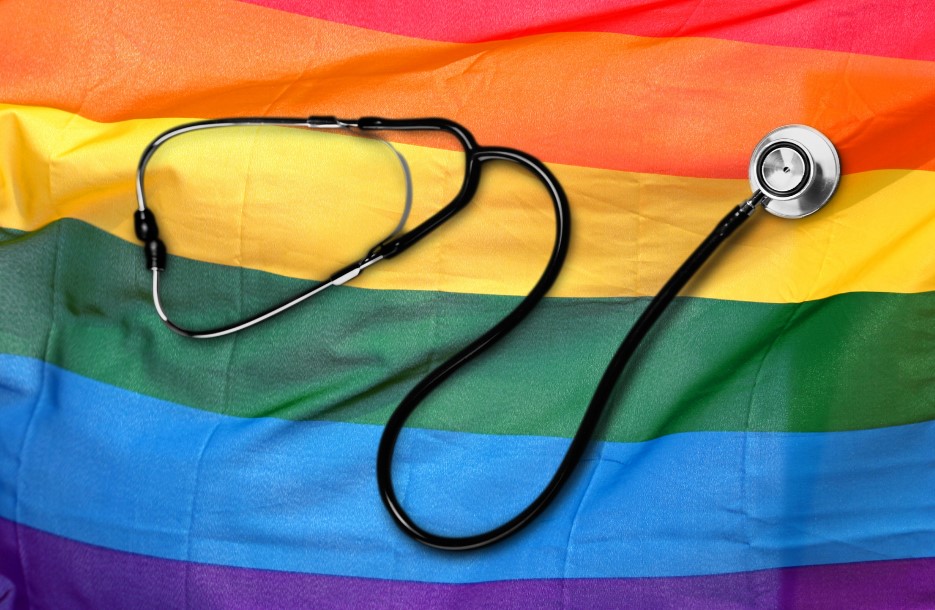
Non-heterosexual patients and health personnel: what can compromise interaction
Non-heterosexual people and interaction in the healthcare environment: how healthcare staff interact with people belonging to a sexual minority can affect patients’ perceptions of the healthcare service and influence their compliance (adherence to treatment)
Recently, in 2021, a systematic literature review was published to identify and synthesise studies investigating interactions between healthcare personnel and lesbian, gay and bisexual (LGB) people.
Studies reviewed on the relationship between non-heterosexual people and healthcare personnel
A total of 20 studies were included in the review, published in the last decade and conducted in the following countries: USA, UK, Ireland, Norway, Canada, Brazil, Turkey, South Africa and Australia.
Some of the researches considered explore the perspective of LGB patients, others also include that of healthcare professionals (nurses, doctors and other clinicians).
Interaction with non-heterosexual persons, five key issues emerged from the thematic analysis that may undermine interaction
- lack of knowledge on the part of healthcare staff about the specific needs of the LGB population: “they did not know how to behave”, “I had the impression that they were not able to relate to a gay couple”- “I feel I was not trained enough on LGBT issues”, “I did not know how to ask questions”;
- the degree of openness (disclosure) with regard to sexual orientation: “I wouldn’t have said it if they hadn’t asked me”, “it is important to feel that you can talk openly about your sexual orientation”, “the doctor should know everything in order to be able to assess the situation properly” – “all patients are the same, their sexual orientation is not our concern”, “it is the patient’s responsibility to decide to clarify their sexual orientation”;
- discomfort during the interaction: “the doctor was visibly embarrassed”, “he did not look me in the eye, he was awkward”;
- heteronormativity: “they asked me if I had a girlfriend/wife assuming I was straight”, “they asked me if my partner was my sister, they didn’t think we were a couple”;
- negative attitudes, prejudice and discriminatory behaviour: “the doctor examined me hastily”, “when I said I was gay, he changed his expression and treated me with detachment”.
The research suggests that practices in health care contexts can be improved, on the one hand through the inclusion, during the assessment, of sexual orientation as a routine piece of information, and on the other hand through the introduction of training modules in university courses or training days for health care personnel, in order to address the current lack of knowledge of LGBT issues and reduce levels of heteronormativity, negative attitudes and discriminatory behaviour.
References
Humphreys, C. (2017), “Implementation guidance fundamental standard for sexual orientation monitoring”, NHS England Equality and Health Inequalities Unit.
McNeill, S.G., McAteer J., Jepson R., (2021), «Interactions between Health Professionals and Lesbian, Gay and Bisexual Patients in Healthcare Settings: A Systematic Review” in Journal of Homosexuality, Jul 22:1-27
Read Also
Emergency Live Even More…Live: Download The New Free App Of Your Newspaper For IOS And Android
Gender Dysphoria And Transgender Children: The Role Of Parents


